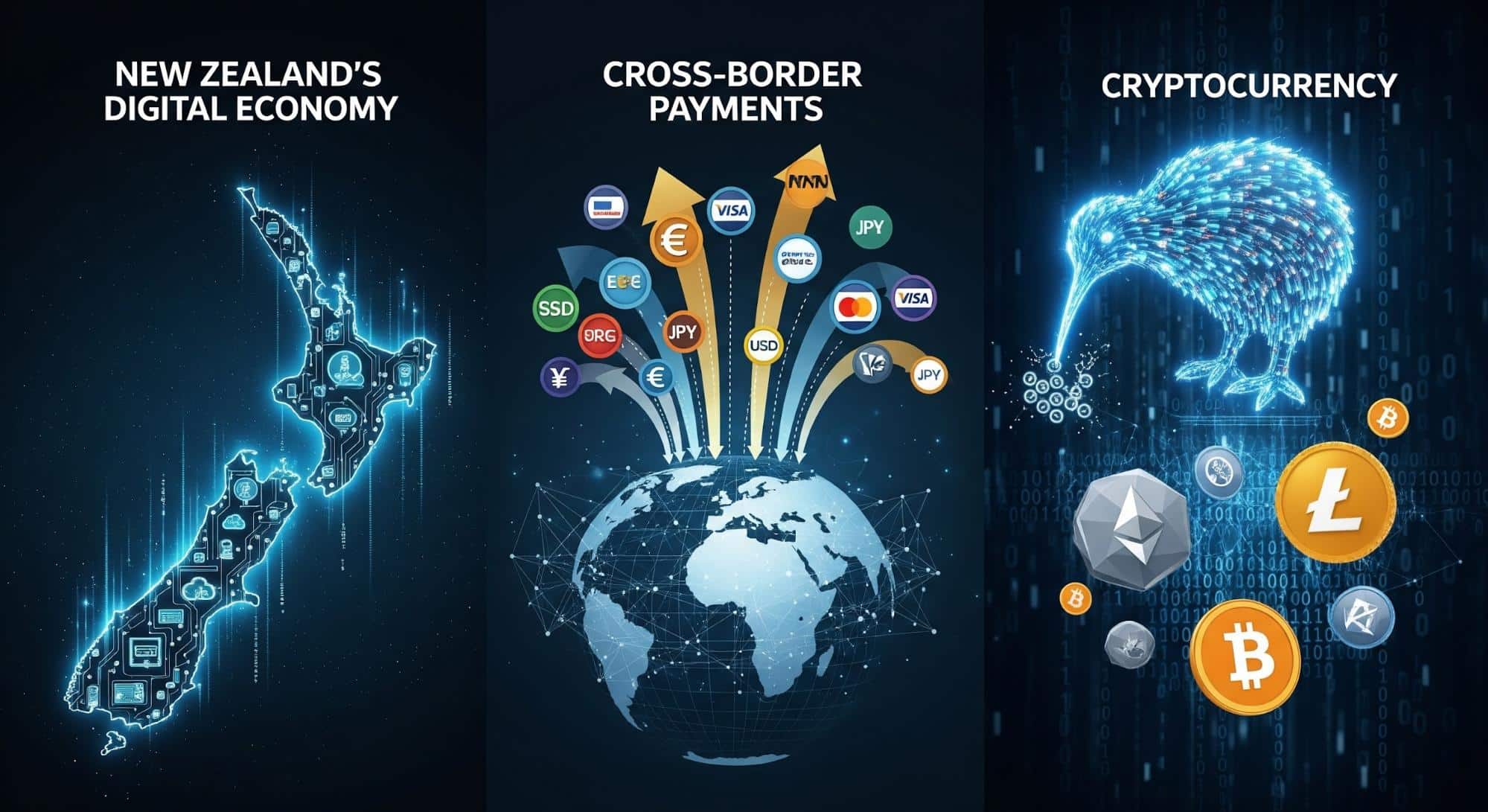How Cross-Border Payment Tech is Powering New Zealand’s Digital Growth

Last Updated on October 7, 2025
New Zealand’s digital economy is entering a new phase of expansion, with international transactions at the center of change. Businesses and consumers are moving away from slow, costly banking rails and toward faster digital alternatives. Even as traditional systems struggle with efficiency, experts increasingly track bitcoin price movements to understand cryptocurrency’s role in shaping transaction costs across borders.
The New Zealand Payments Market is projected to hit USD 45.42 billion in 2025 and nearly USD 104.37 billion by 2030, reflecting strong growth and rapid adoption of digital-first financial tools. This acceleration is being reinforced by regulatory updates such as the roll-out of the ISO 20022 messaging standard, which will modernize both domestic and cross-border transactions by late 2025.
Traditional payment methods continue to present pain points. Wire transfers often take three to five business days, and costs can stack up to 10% of the transaction value once intermediary fees and exchange rate spreads are applied. For smaller exporters or individuals sending money abroad, these charges make cross-border payments unnecessarily expensive.
Digital payment solutions, however, are addressing these inefficiencies. Blockchain-based transfers can settle in minutes rather than days, with costs reduced by as much as 80%. Bitcoin transactions generally carry fees of around 1%, offering a more affordable route for businesses trading internationally. Even more promising are stablecoins, which currently account for about 3% of cross-border payments globally but are expected to climb toward 20% within the next five years.
Remittances are another area driving demand for innovation. New Zealand’s immigrant population relies heavily on sending funds abroad, and the digital remittance market is forecast to reach US$661 million by 2029. Mobile-first apps offering transparent exchange rates, low fees, and stronger security have already begun replacing traditional money transfer operators.
The Reserve Bank of New Zealand (RBNZ) has kept pace with these changes by advancing ISO 20022 adoption and establishing frameworks that encourage innovation while ensuring compliance. This balance is critical as blockchain and crypto adoption grows, but concerns remain around volatility, environmental impact, and digital literacy gaps.
Looking ahead, the country’s digital payments market is expected to expand by more than 21% annually through 2029, fueled by e-commerce, AI-driven fraud prevention, and future central bank digital currency pilots. Cross-border payments are no longer just a financial service—they are becoming a driver of New Zealand’s digital economy.


